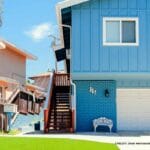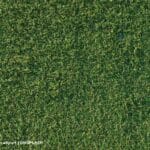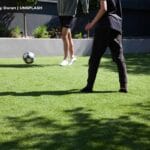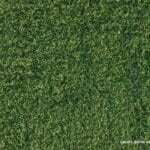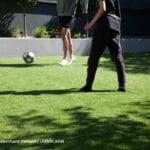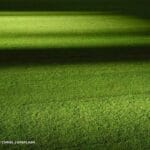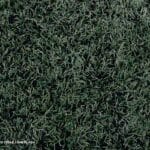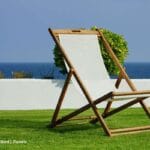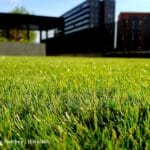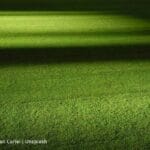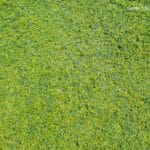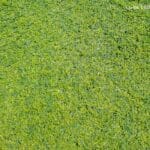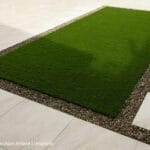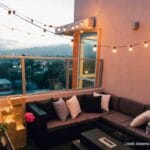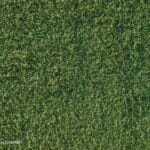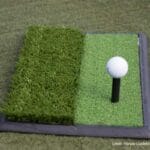Vancouver, known for its picturesque landscapes and lush greenery, presents unique challenges for landscapers due to its rainy climate. However, there may be an answer to that. For years, synthetic turf has been gaining footholds all over the city, and for good reason. Synthetic turf offers an ideal solution for maintaining beautiful, evergreen spaces without the hassle of constant maintenance. Here are some tips for Vancouver landscapers to effectively design with synthetic turf.
1. Understand the Benefits of Synthetic Turf
Synthetic turf, often referred to as artificial grass, provides numerous advantages over natural grass. It remains green and vibrant year-round, regardless of weather conditions. This is particularly beneficial in Vancouver, where heavy rainfall can lead to muddy and patchy natural lawns. Synthetic turf is also low maintenance, requiring no mowing, watering, or fertilising. It is durable and can withstand heavy foot traffic, making it an excellent choice for both residential and commercial landscapes.
2. Choose the Right Type of Synthetic Turf
Not all synthetic turf is created equal. It’s important to select the right type for your specific needs. Consider factors such as the intended use of the area, the amount of foot traffic it will endure, and the aesthetic you wish to achieve. For instance, landscapes with high traffic, such as playgrounds or sports fields, require more durable turf with a shorter pile height. Conversely, for residential lawns aiming for a natural look, a longer, softer pile may be more appropriate.
3. Proper Site Preparation
Proper site preparation is crucial for the successful installation of synthetic turf. Begin by removing any existing grass, weeds, or debris. Next, excavate the area to a depth of about 7 – 10 centimetres to allow for the base material. A well-prepared base ensures good drainage and a stable surface for the turf. Use crushed stone or gravel to create a smooth, level base, compacting it thoroughly to avoid any future sinking or unevenness.
4. Ensure Adequate Drainage
Vancouver’s rainy climate necessitates proper drainage to prevent water from pooling on the turf surface. Install a sub-base composed of crushed stone or gravel, which facilitates effective drainage. Additionally, consider incorporating a geotextile fabric layer to enhance drainage further and prevent weed growth. Properly installed synthetic turf should have a slight slope to allow water to run off efficiently.
5. Use Quality Infill
Infill is an essential component of synthetic turf installation. It helps to support the turf fibres, keep them upright, and provide cushioning. Common types of infill include silica sand, crumb rubber, and organic infill materials. Choose a high-quality infill that suits the intended use of the turf. For example, silica sand is excellent for residential lawns, while crumb rubber may be better suited for sports fields due to its superior shock absorption properties.
6. Secure the Edges
Properly securing the edges of synthetic turf is vital to prevent lifting and ensure a seamless appearance. Use durable landscape nails or stakes to anchor the turf along the perimeter. Additionally, consider using a border material, such as bender board or brick, to create a clean, defined edge. This not only enhances the visual appeal but also helps to keep the turf in place.
7. Seam the Turf Correctly
Seaming synthetic turf is a critical step to achieve a natural, continuous look. When joining two pieces of turf, ensure the fibres are aligned in the same direction to avoid visible seams. Use high-quality seaming tape and adhesive to create a strong bond between the pieces. Apply even pressure along the seam to ensure it adheres properly and remains inconspicuous.
8. Regular Maintenance
Although synthetic turf is low maintenance compared to natural grass, it still requires some upkeep to maintain its appearance and functionality. Regularly remove debris such as leaves and twigs to prevent them from accumulating and affecting drainage. Brush the turf fibres periodically to keep them upright and looking natural. Additionally, inspect the infill and add more if necessary to maintain proper support and cushioning.
9. Consider Environmental Impact
Synthetic turf can be an environmentally friendly option when chosen and installed thoughtfully. Select turf made from recyclable materials and ensure it is free from harmful chemicals. Additionally, consider the long-term impact of your project. Synthetic turf reduces water consumption and eliminates the need for pesticides and fertilisers, contributing to a healthier environment.
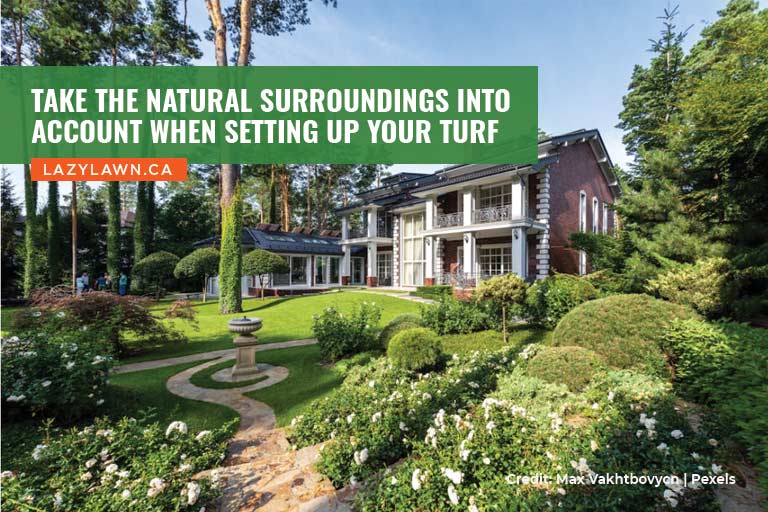
10. Enhance with Natural Elements
To create a balanced and aesthetically pleasing landscape, combine synthetic turf with natural elements. Incorporate flower beds, shrubs, and trees to add colour and variety to the design. Use natural stones or pavers to create pathways and borders, providing a harmonious blend of synthetic and natural materials. This approach not only enhances the visual appeal but also fosters biodiversity and a more natural feel.
11. Plan for Future Use
When designing with synthetic turf, consider how the space may be used in the future. Leave room for potential expansions or modifications. For example, if designing a backyard, consider areas where a patio or garden bed might be added later. Planning for future use ensures the landscape remains functional and adaptable over time.
12. Work with a Professional
While synthetic turf installation can be a DIY project, working with a professional landscaper ensures the best results. Professionals have the expertise and tools necessary for proper installation, guaranteeing a long-lasting and visually appealing outcome. They can also provide valuable advice on selecting the right type of turf, preparing the site, and maintaining the turf over time.
13. Incorporate Functional Spaces
Designing with synthetic turf allows for the creation of various functional spaces within the landscape. Consider incorporating play areas for children, pet-friendly zones, or relaxing outdoor seating areas. Synthetic turf provides a versatile surface that can accommodate a range of activities, making your landscape more enjoyable and usable.
14. Address Safety Concerns
Safety is paramount, especially in areas frequented by children or pets. Choose synthetic turf that meets safety standards and is free from harmful chemicals. Ensure the infill material used provides adequate cushioning to reduce the risk of injury. For playgrounds, consider using additional safety measures such as padded underlayments to enhance shock absorption.
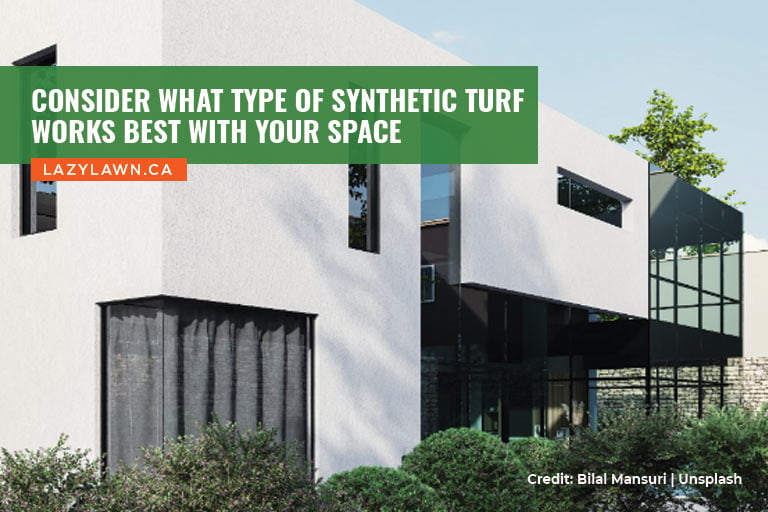
15. Think About Aesthetics
Lastly, pay attention to the overall aesthetics of your design. Synthetic turf comes in various shades of green and different textures. Select a shade that complements the surrounding landscape and achieves the desired look. Consider adding decorative elements such as garden sculptures, water features, or outdoor lighting to enhance the visual appeal and create a cohesive, attractive outdoor space.
Synthetic turf isn’t just good for making new sports fields, it’s also a good choice for landscapers looking for beautify the city. By following these tips, Vancouver landscapers can create stunning, sustainable, and low-maintenance landscapes using synthetic turf. Whether designing a residential lawn, a commercial space, or a recreational area, synthetic turf offers a versatile and practical solution that withstands the challenges of Vancouver’s climate while providing year-round beauty and functionality.
When you need quality synthetic turf for your property, give Lazy Lawn a call. We offer a wide range of synthetic turf options to help boost your curb appeal and find new uses for your existing space. Our synthetic turf is affordable, low-maintenance, and eco-friendly, allowing you to boost your curb appeal without adding too much to your plate. Give us a call now at (888) 622-5296 for synthetic turf that looks and feels just like the real thing.


